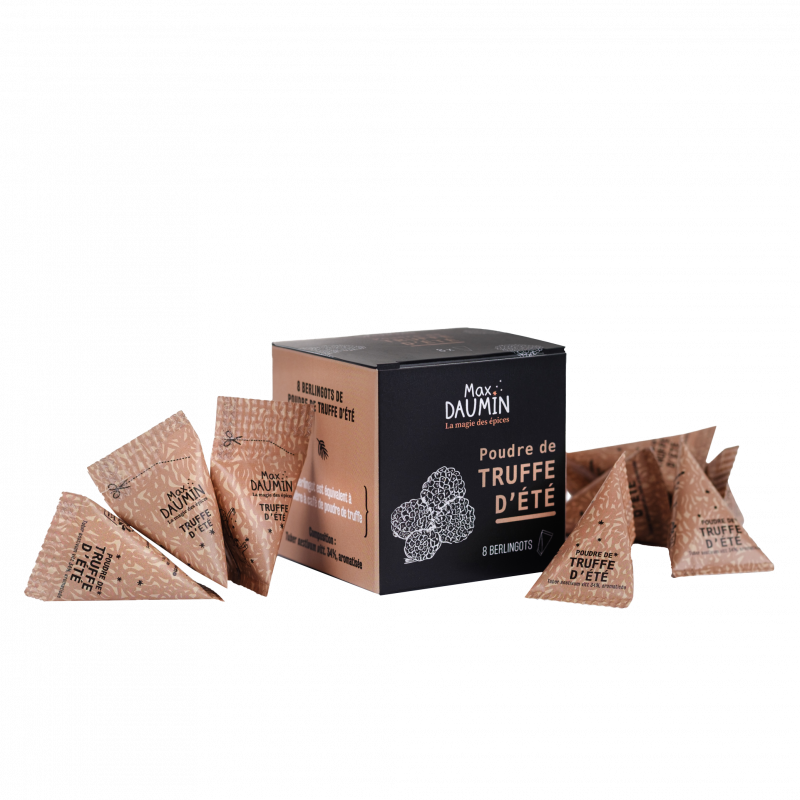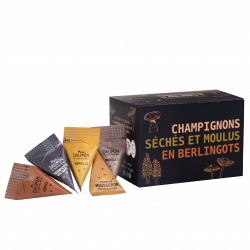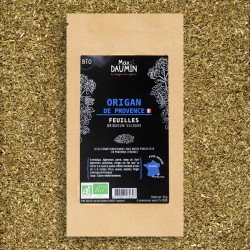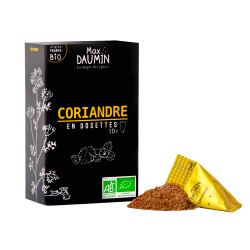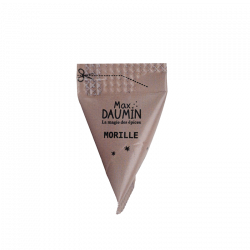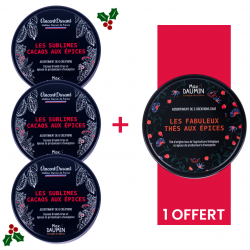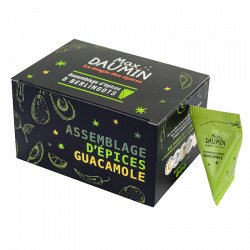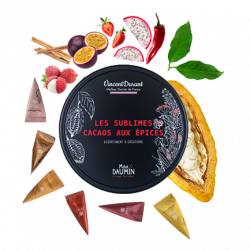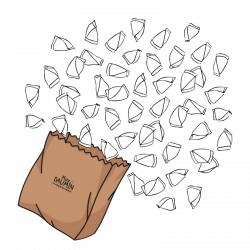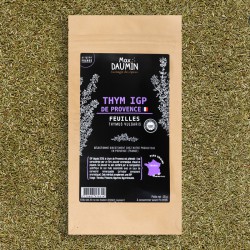- New
Summer Truffle Box
The summer truffle (Tuber aestivum) is characterized by a subtle and refined aroma that is earthy, slightly woody, and delicately nutty. Its aroma is distinguished by its finesse and complexity, which gradually unfolds when the truffle is processed or ground into powder. Compared to the black winter truffle, it offers a lighter but extremely elegant fragrance, capable of bringing a unique olfactory signature to dishes. Our berlingot concentrates the natural notes of the truffle, revealing vegetal, moist, and slightly musky nuances that linger on the palate and in the air. This captivating fragrance is a symbol of refinement and indulgence, captivating the senses and instantly transforming the culinary experience into a true aromatic journey.
-
Net weight : 32g (8 x 4g)
-
Composition : 8 summer truffle berlingots (Tuber aestivum vitt 34%, flavored)
-
Dimensions : 6cm x 6cm x 6cm
-
Recyclable box and berlingots : Sorting paper / cardboard


History
Plant & perfume
Truffles are a precious product, not only for their taste, but also for their nutritional and aromatic qualities. Rich in antioxidants and natural aromatic compounds, they offer intense flavors while remaining light and delicate.
In cooking, they lend themselves to multiple uses: sprinkled on fresh pasta, incorporated into a creamy risotto, infused into a purée, or added to scrambled eggs, they bring depth and complexity to every dish.
Truffle powder or shavings make it easy to control the intensity of the aroma, offering great flexibility to chefs and food lovers alike.
Even in small quantities, truffles transform a simple dish into a unique taste experience, subtly revealing their earthy, woody, and slightly nutty notes. They are therefore an essential ingredient for anyone who wants to combine authenticity, finesse, and sophistication in their culinary creations.
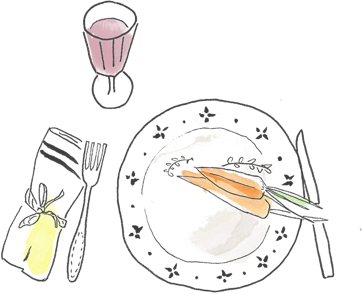


Benefits
Cooking and Virtue
Summer truffle powder delicately flavors pasta, risottos, eggs, and creamy sauces. It also pairs well with purées, cheeses, and carpaccios to subtly enhance dishes. A small amount is enough to add a gourmet and aromatic touch, transforming simple preparations into refined creations.

Origins
A long journey
Truffles have been known and cultivated since ancient times, admired for their rarity and exceptional aroma. They grow mainly in light, well-drained limestone soils rich in organic matter and microorganisms that promote their development.
Truffles live in symbiosis with the roots of certain trees such as oak, hazel, and linden, exchanging nutrients and water in a delicate balance that determines their growth. They develop underground, a few centimeters below the surface. Because they grow underground, truffles are difficult to locate and harvest: their location is often determined by their characteristic scent, which certain animals and insects can detect.
The truffle fly is a small insect closely linked to the natural cycle of truffles. Attracted by the intense smell of ripe truffles, it plays a key role in dispersing spores, contributing to the reproduction and spread of these underground fungi. Although tiny, its action is essential for maintaining the forest ecosystem where truffles grow, promoting soil fertility and the development of mycorrhizae that nourish the host tree.
Today, harvesting is mainly done with the help of specially trained dogs (truffle dogs), capable of detecting the subtle scent of mature truffles underground. Once located, the truffle is delicately dug up by hand using a small tool called a scraper or trowel, so as not to damage the mycorrhizae or the soil that nourishes it.
This harvest requires patience, experience, and finesse: truffles are a fragile product that only reach their optimal quality if handled with care. The combination of animal labor, human expertise, and precise knowledge of the natural environment makes it possible to obtain truffles with powerful and refined aromas, while preserving the forest ecosystem in which they grow.
Historically, truffles have always been a symbol of luxury and refined gastronomy, prized by great chefs and lovers of exceptional products. Their cultivation requires patience and expertise, but in return they offer an incomparable product that is precious, aromatic, and steeped in tradition.


1 other product in the same category:

Customers who bought this product also bought:

